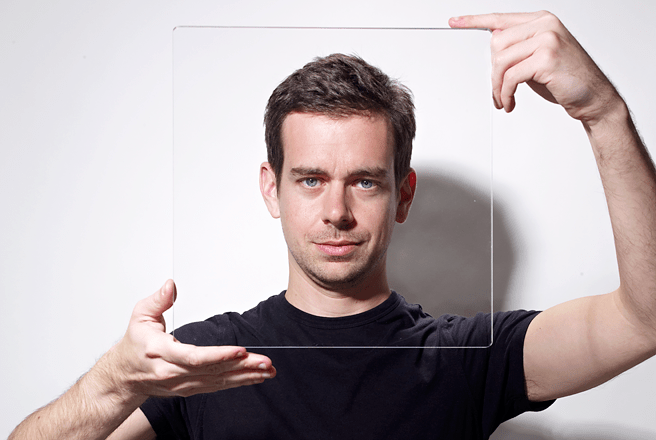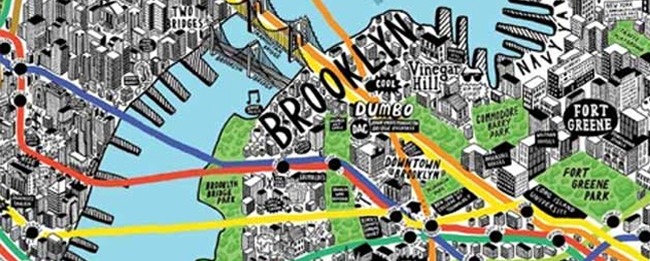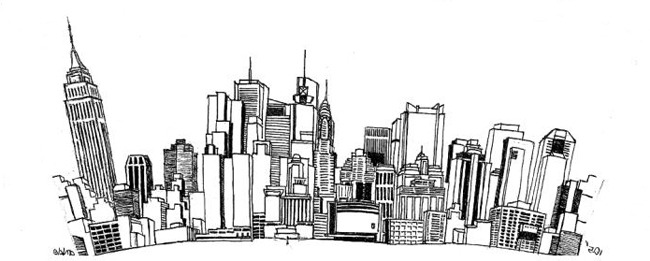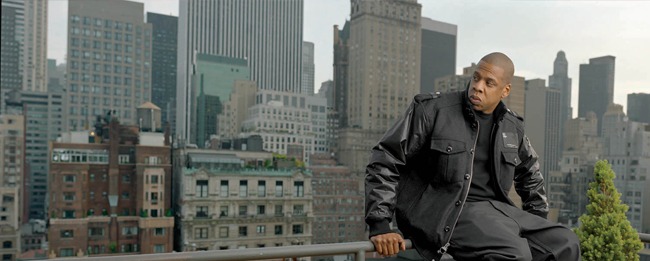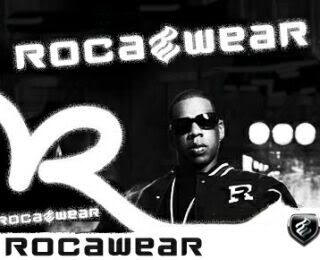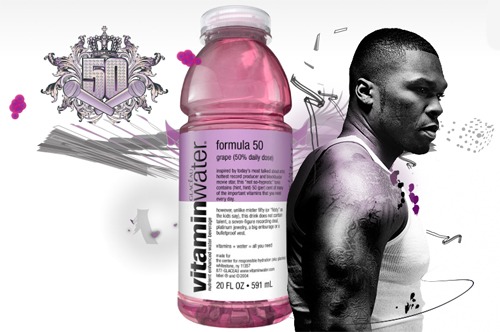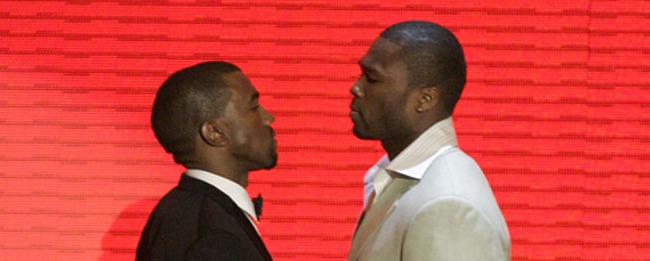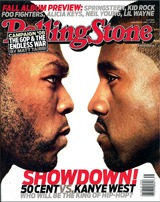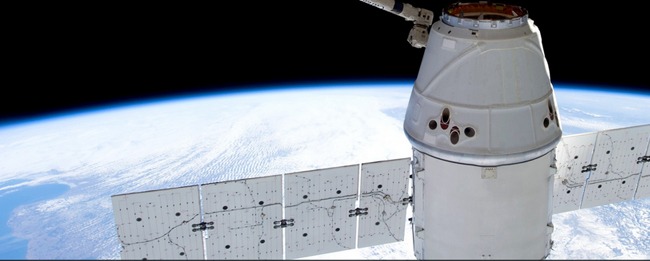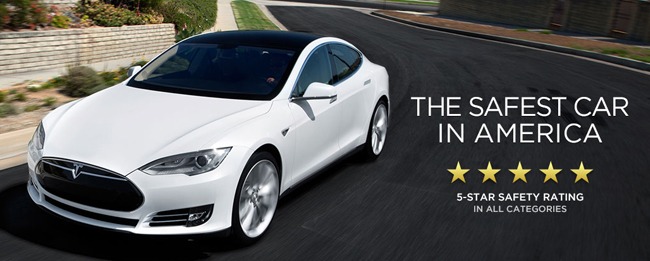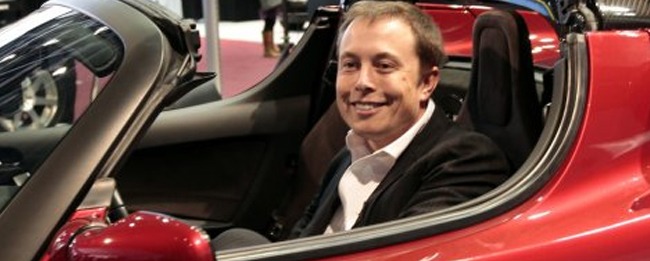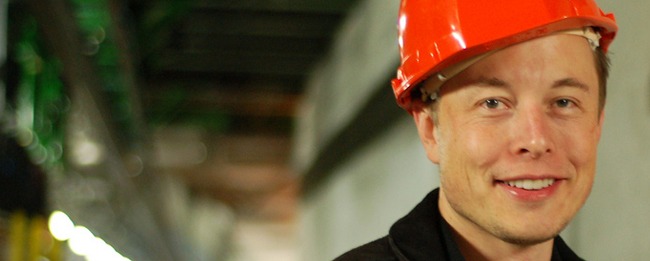Jack Dorsey isn’t the man you expect him to be.
You may know him as the serial entrepreneur founder of both Twitter and Square. But did you know Dorsey’s also a certified masseuse who dabbled in fashion design?
With Twitter’s announcement that they’re looking to go public and Square getting picked up by Starbucks, Jack Dorsey’s two billion dollar companies are thriving. But Dorsey still takes the bus to work.
There’s a method behind this “unexpected” behavior. Everything Jack Dorsey does, from his never-changing morning routine to his insistence on having “an amazing haircut” is meticulously considered — and his habits and attitudes are the backbone for Dorsey’s continued success. Luckily for us, Dorsey’s come out into the spotlight a little bit in the last couple years and been more willing to share the life and business lessons behind his success.
Who is Jack Dorsey?
- born on November 19th, 1976; grew up in St. Louis, Missouri USA (age 36)
- founded Twitter in 2006; CEO from 2006-2008
- developed Square in May 2010 (valued at $3.2 billion by 2012)
- second-largest shareholder in Twitter
- net worth estimated at 1.1 billion in March 2013
9 Life and Business Lessons from Jack Dorsey
#1 Play
“What really gets me energized is thinking about activity within a city.”
Jack Dorsey to Vanity Fair
Ever since he was a little boy, Jack Dorsey loved the hustle and bustle of city life. He spent hours sitting in front of his parents’ old police scanner, listening in as the ambulances, firetrucks, and police cars reported their movements. By the age of 14, Jack programmed an imaginary city on his family computer for the fun of it.
Ever since, Dorsey has been finding ways to turn his love for tracking city activity into a career. In In high school, Dorsey tried started a bicycle courier service with his brother but it wasn’t meant to be.” We quickly found out that St. Louis had no need for bicycle couriers at all,” Jack tells Techcrunch. By the time Dorsey way in college, he worked in NYC as a programmer for a company that managed dispatch centers for couriers.
Dorsey excelled thanks to his enthusiam for the subject matter:
“You have all these entities roaming about, and they're all reporting what they're doing in real time over a variety of different devices. We had couriers on CB radios, on PDAs, and on cell phones. We had taxis and emergency vehicles with GPS. They're all reporting constantly where they are and what work they're doing, and it's all flowing into this one system that a dispatcher can view in real time on a map. That's what's going on in the city! I thought that abstraction was so cool that I wanted that same thing for my friends."
Still in his early 20′s, Dorsey had followed his play not just to a rewarding career, but to his first billion dollar idea.
#2 Wait for Your Big Idea’s Time to Come
“Sometimes put the idea away. That idea will often emerge later.”
John Dorsey
Dorsey first had the idea for Twitter in 2000. But texting wasn’t big yet. The average American sent only 35 texts per month. Dorsey told Vanity Fair, “I quickly learned that… no one else had a mobile e-mail device, so the system was kind of useless.”
Jack decided to pursue a career in botanic illustration instead.
“Twitter in 2000 was something that was fun to play with but something I put on the shelf to play with for another day.”
Jack Dorsey
That day came in 2006. Americans were on the verge of sending more text messages per month than phone calls. Jack started Twitter in March 2006 and launched it by July. The time was right and Twitter exploded.
Tracking Twitter’s Growth:
2007: 400,000 tweets per 90 days
2008: 100 million tweets per 90 days
2009: 3rd-highest-ranked social networking site
2010: 50 million tweets per day
2011: 140 million tweets per day; 100 million active users
2012: 200 million active users
2013: 400 million tweets per day
#3 Be the Unexpected
"Expect the unexpected. And whenever possible, be the unexpected."
Jack Dorsey
Who saw Twitter coming in 2006? The list starts and ends with Jack Dorsey.
Look out for surprises and embrace the unexpected.
#4 Career Paths aren’t Always Straight Lines
“I never wanted to be an entrepreneur. I actually wanted to be Bruce Lee.”
Jack Dorsey
Right before launching Twitter, Dorsey was in fashion school designing skirts. He’d already had serious stints as an illustrator and certified massage therapist.
So why did Dorsey settle on programming and entrepreneurship? He told Forbes, “those were the tools I needed to build what I wanted to build.”
Dorsey’s not done making career changes either. He hopes to one day be mayor of New York City. Jack says, “I have to move to New York first, but it is a goal. I think mayors are the ones to watch in the U.S. in terms of government innovation.”
#5 Look for Inspiration in Everyday Life
“Ideas can come from anyone and they can come anytime. We all have various directions that we want to take the company and sometimes those ideas come during a shower, sometimes they come when we're walking, sometimes they come when we're talking with other employees at the coffee store.”
Jack Dorsey, while talking to the Square staff
In high school, Jack worked as a barista at his mom’s coffee shop and saw how much the small business could have benefited from seamlessly accepting credit card payment. The same is true of another teenage job, working for glass artist (and eventual Square co-founder) Jim McKelvey. Dorsey told Fast Company that McKelvey, “lost a $2,000 sale because he couldn’t take credit cards.”
Within these observations were the seeds for Square — and today Dorsey continues to go out of his way to look for inspiration in everyday life. Jack commutes to work by public bus. The reason? It’s so he can observe how people are using their mobile devices firsthand and incorporate their behavior into his company policy at Square and Twitter.
#6 Embrace Routine
 Dorsey starts every morning the same way: he eats two hard-boiled eggs with soy sauce and a side of berries, then tweets about it (for his mom’s benefit).
Dorsey starts every morning the same way: he eats two hard-boiled eggs with soy sauce and a side of berries, then tweets about it (for his mom’s benefit).
Jack also has his weeks meticulously planned out, as he explained to Fast Company:
“All my days are themed. Monday is management. At Square we have a directional meeting, at Twitter we have our opcomm [operating committee] meeting. Tuesday is product, engineering, and design. Wednesday is marketing, growth, and communications. Thursday is partnership and developers. Friday is company and culture. It works in 24-hour blocks. On days beginning with T, I start at Twitter in the morning, then go to Square in the afternoon. Sundays are for strategy, and I do a lot of job interviews. Saturday is a day off.”
Dorsey links his rigid routine to his “discipline” and productivity.
#7 Don’t be a Jerk
Back in Twitter’s infancy, Dorsey kept a little personal blog. One day, he felt inspired to post 10 life lessons. The blog has since been deleted, but luckily Twitter employee Caroline Mizumoto printed the list out, stuck it on her refrigerator, and posted a picture on her Flickr.
Here are the ten life lessons straight from Jack Dorsey:
(1) Don’t be a jerk
(2) Don’t take anyone for granted
(3) Enjoy the moment
(4) Be honest, always
(5) Be humble
(6) Be kind
(7) Respect people’s wishes
(8) Allow endings
(9) Fail openly
(10) Have an amazing haircut
Starting with “Don’t be a jerk,” an emphatic 6 out of Dorsey’s 10 life lessons involve treating your fellow human beings well.
#8 Have an Amazing Haircut
 Dorsey once had disheveled hair and a facial piercing, but that all changed once he became the CEO of a fast-growing company. “I took my nose ring out after [Twitter's] first round of financing,” says Dorsey.
Dorsey once had disheveled hair and a facial piercing, but that all changed once he became the CEO of a fast-growing company. “I took my nose ring out after [Twitter's] first round of financing,” says Dorsey.
Jack understood that investors would be judging Twitter’s future based on how he presented himself. Today, Jack keeps his hair trimmed and his suits fitted.
The way you take care of yourself says a lot about you to other people (fair or not). I don’t know about you, but I think it’s time I go out and get a haircut.
#9 Achieve Perfection through Simplicity
"Make every detail perfect, and limit the number of details to perfect."
Jack Dorsey
140 characters. That’s all you get on Twitter.
Just like writing a haiku, there’s no room for unnecessary syllables – and Jack wouldn’t have it any other way. Dorsey loves to take a complex idea and begin removing “the conceptual debris… so you can just focus on what’s most important.”
“He’s always been a minimalist,” Ted Dorsey (Jack’s father) says. The elder Dorsey recalls his family moving into a new house and young Jack immediately choosing the smallest bedroom. But minimalism is more than just a character trait; it’s Dorsey’s business philosophy.
Jack can tell you what the companies mean to him in one word. For Twitter, that word is communication (“making that simple and easy”). For Square, it’s commerce. Though Dorsey says “it’s really complex to make something simple,” it’s worth it. Simpler things are easier to perfect and “If we can perfect one experience for one individual, we can scale to every single one of the 7 billion people now inhabiting this earth.”
How Twitter Boosted Income Diary
Income Diary’s success was built 140 characters at a time. When Michael Dunlop founded Income Diary in 2009, Twitter was growing at a “staggering” 1382%. Michael saw an opportunity and started a Twitter account for Income Diary. Soon Twitter was driving “100,000′s of visitors in a month” to Michael’s young blog.
Things have changed a lot since 2009. Twitter is still a powerful promotional tool online, but it’s no longer easy traffic. If you want to drive traffic from Twitter, Michael recommends that you get TweetAdder:
Oh and if you enjoyed this article you should probably Tweet it, right? It’s what Jack Dorsey would want you to do.
The post “Be the Unexpected” + 8 Other Lessons from Jack Dorsey (Twitter and Square Founder) appeared first on How To Make Money Online.
You may view the latest post at
http://www.incomediary.com/unexpected-jack-dorsey-lessons
Build Great Backlinks
Nick
peter.clarke@designed-for-success.com
